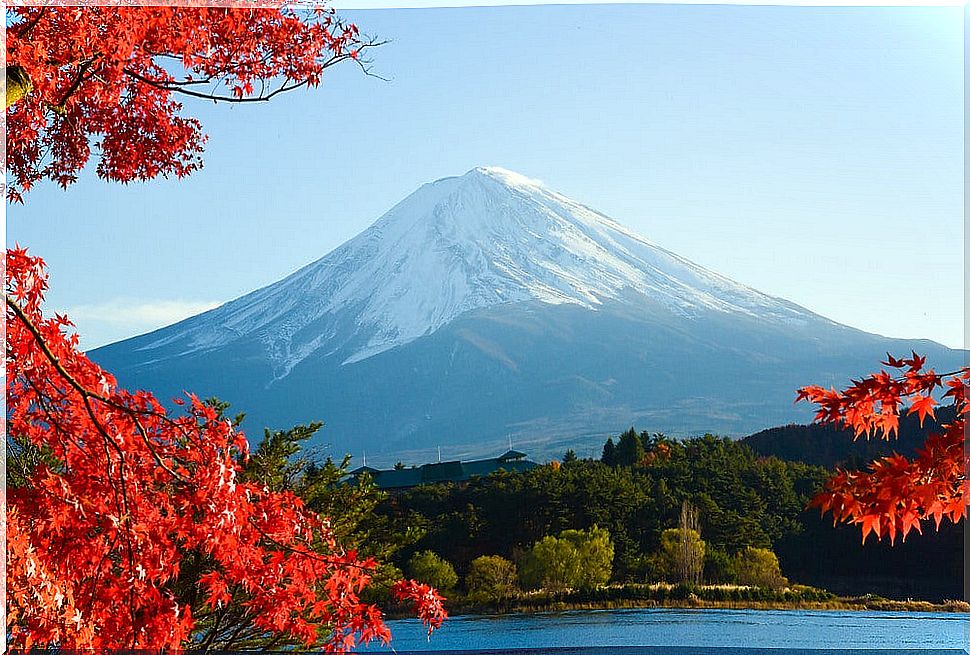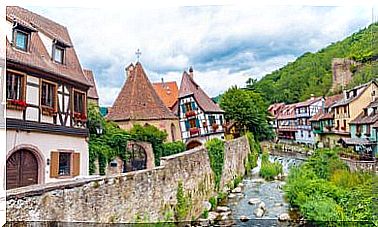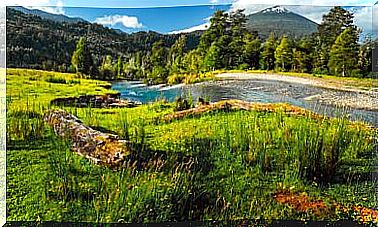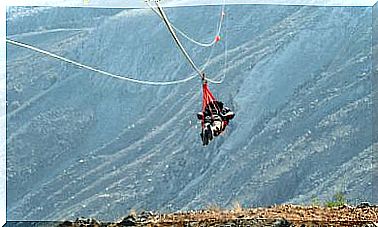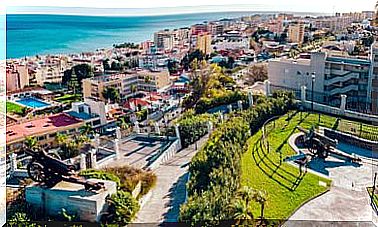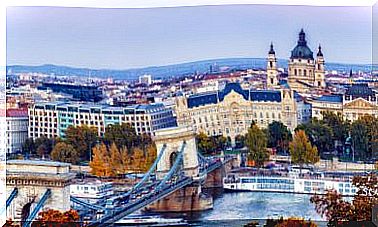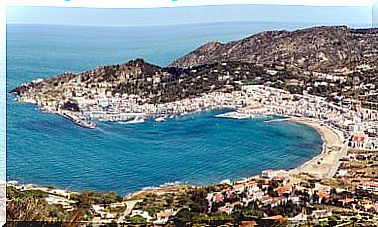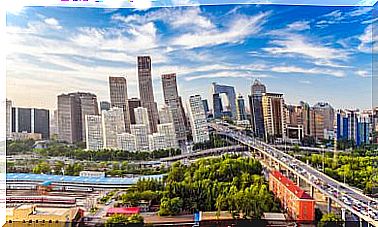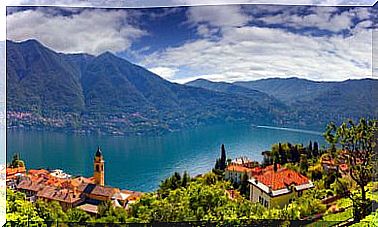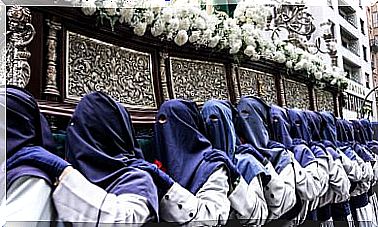Enjoying ‘momiji’, The Japanese Autumn Landscape
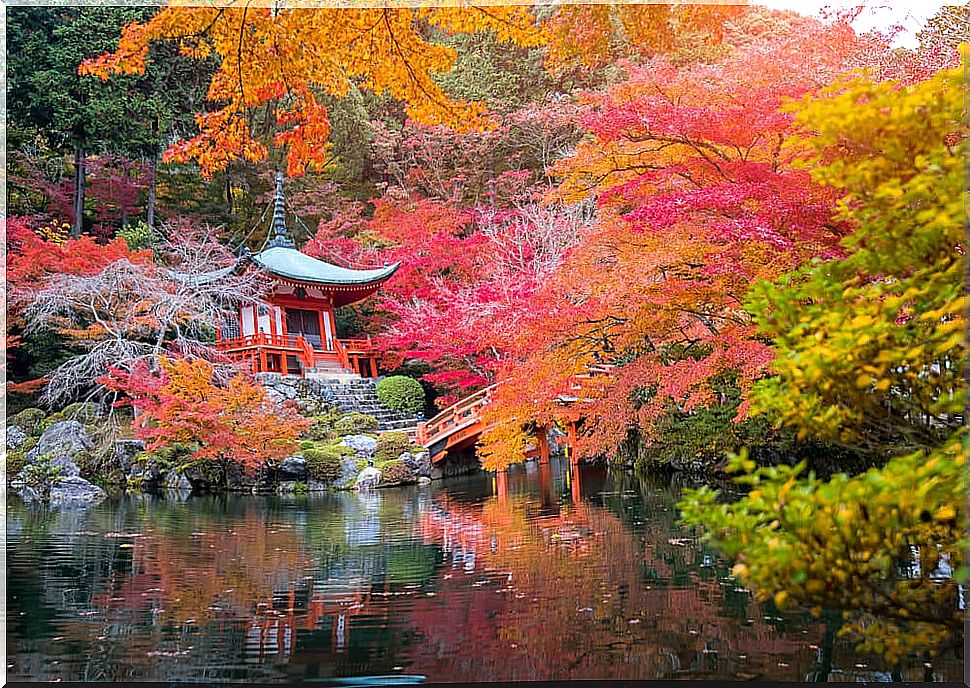
The reddening of the leaves, called kōyō or commonly momiji , is one of the most typical events in Japan. This classic print that we have all admired at times, even if only in photographs, dresses the whole country in red during the fall and part of the winter.
With an aesthetic and cultural value similar to that of the hanami , or cherry blossom, the momiji spans the land of the rising sun in reverse, from northeast to southwest. The leaves of the Japanese maples change color as temperatures drop, going from yellow to orange to finish with the classic red hue.
The origin of tradition
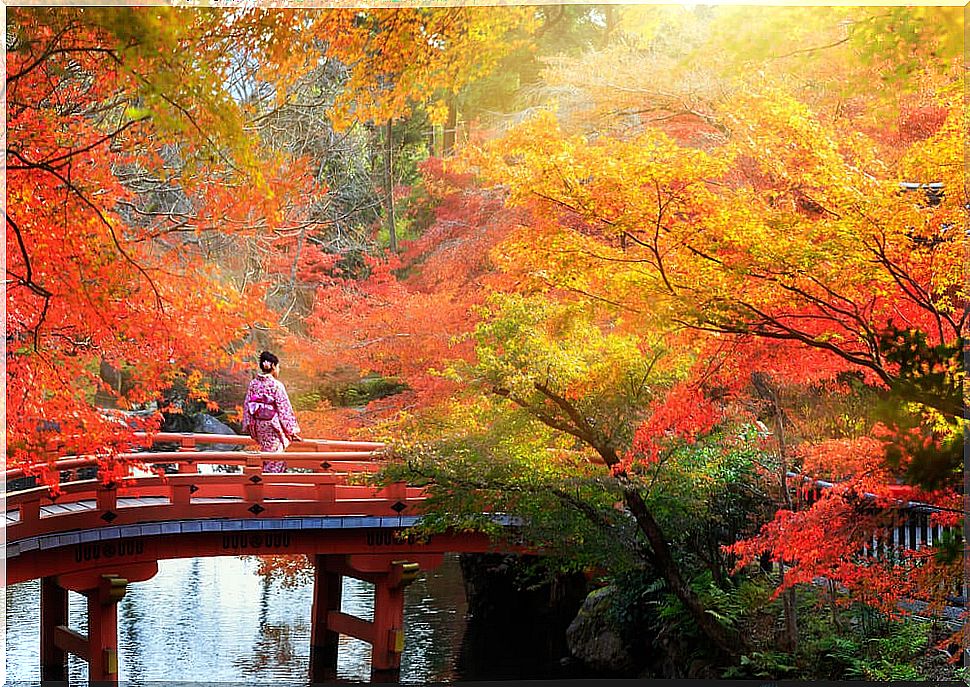
Its origins date back to the Nara period, between the years 710 and 794, or so some poems from the Manyoshi anthology collect it . There are also references to momiji in one of his best-known works, the Genjimonogatari , a work from the Heian period.
It would be during the Edo period, between the years 1600 and 1868, when the practice of contemplating the coloring of the leaves in autumn extended beyond the upper class. The entire population, samurai, merchants and peasants began to celebrate the arrival of autumn.
Here the expression momiji-gari appears for the first time , which refers to the fact of going to see the coloring of the red leaves in autumn, going to the shrine or walking up the mountain.
Others think that the origin of this expression is related to the legend of Momiji, which tells of a demonized woman who fought against the nation transformed into oni and was defeated thanks to the prayers to Buddha.
When does momiji start ?
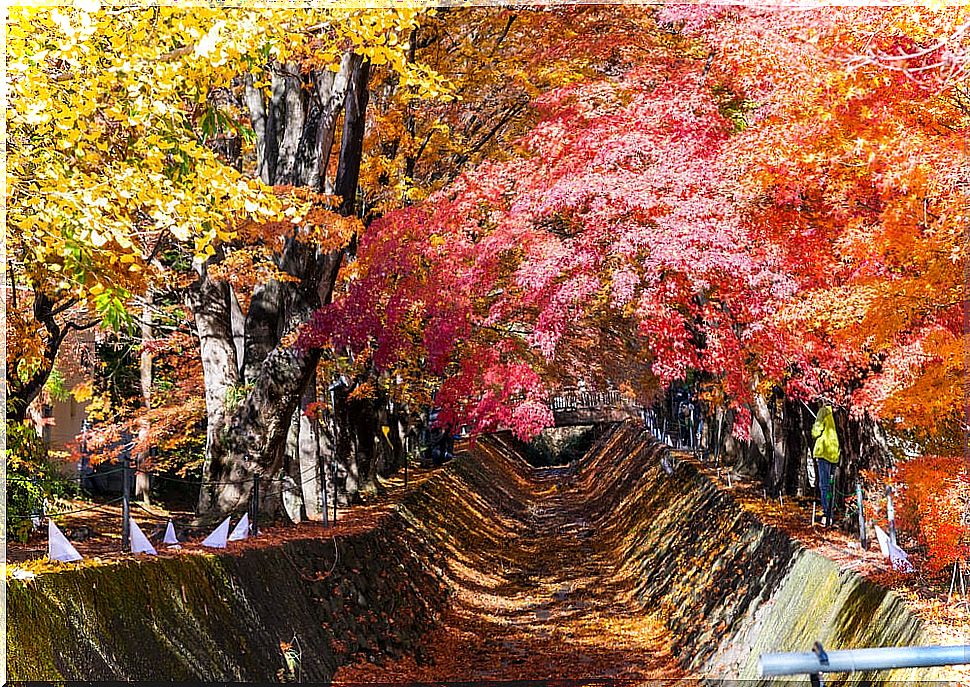
If we want to be informed of the change in the color of the leaves to schedule our visit, we just have to consult the page of the Japan Meteorological Agency. In it we will find a map that shows the progress of the coloring and the comparison with other years.
The data are periodically updated to inform at all times of the coloring of the leaves in each specific area of the country. The progress of the momiji is marked according to the coloring of the leaves.
The calendar is divided into several sections. The first will be green or Mada, which means that the coloring has not started yet. To mark its beginning we will find the green-yellow or Irodzuki. Finally, we find the red or Migoro, which indicates that the leaves are in their maximum color.
Generally Momiji begins in Hokkaido around mid-October and early November. From here it will advance to Sendai and Nagoya, which begin their maximum coloration at the end of November.
It will continue through Osaka and Fukuoka until finally arriving in Tokyo in early December. Your last stop is the ancient Japanese capital, Kyoto, where the maples begin their coloration almost in the middle of December.
Enjoying autumn in Japan
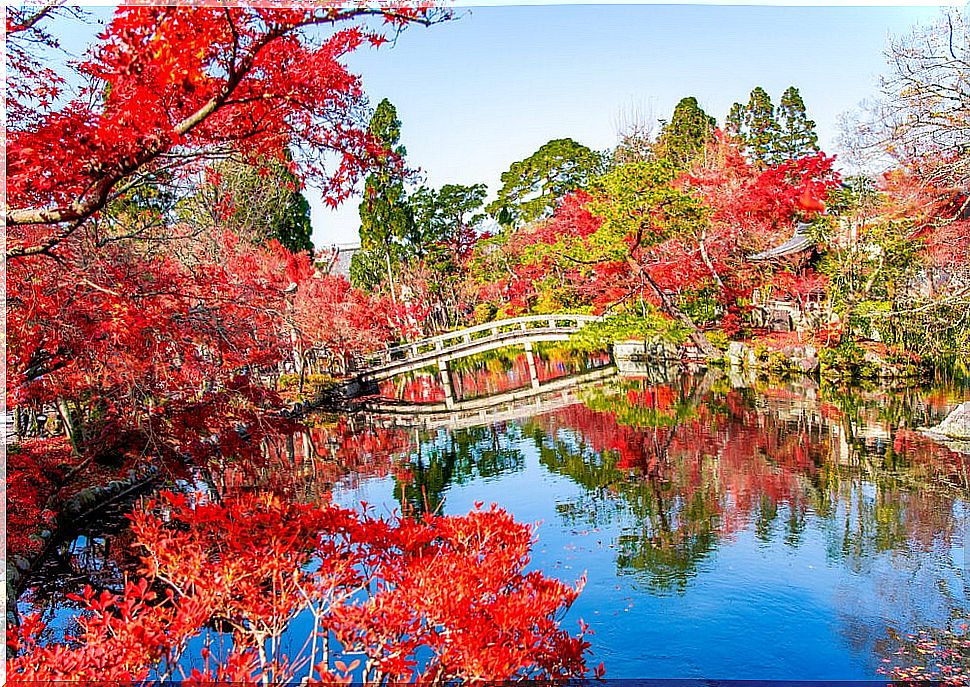
One of the best places to enjoy momiji is Tokyo. Here we can enjoy the spectacular color of the maples in many of its parks. We highlight the Ueno Park, the Koishikawa Park and the Oze National Park, already on the outskirts of the city. For those who want to enjoy this autumn event at night, it is best to visit Rikugi Park.
Another of the most popular places to enjoy momiji is Kyoto, unsurprisingly. The old Japanese capital enjoys spectacular landscapes, especially during the month of November. We also highlight the landscapes of Mount Fuji. During this time part of its slope is filled with shades of red that delight photography lovers.
In addition to those proposed above, there are a couple more locations that are among the best locations during momiji . The famous Nara Park, on the outskirts of the city, offers visits only during the month of November. We can also travel to the village of Shirakawago, named a World Heritage Site by UNESCO in 1995.
